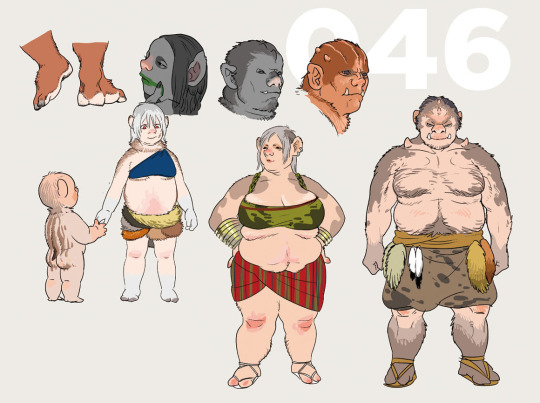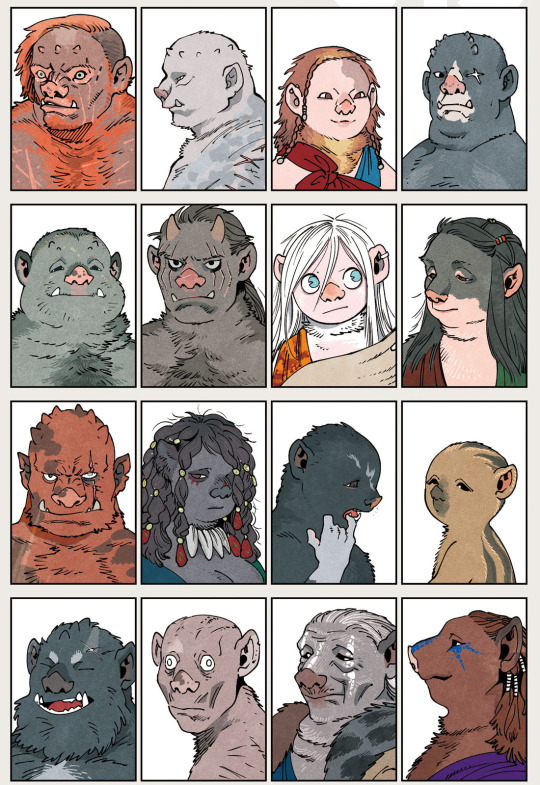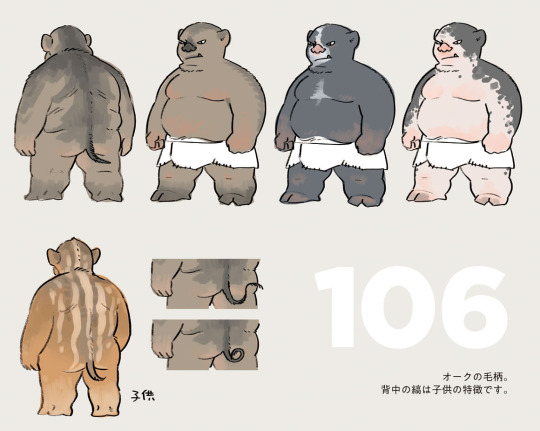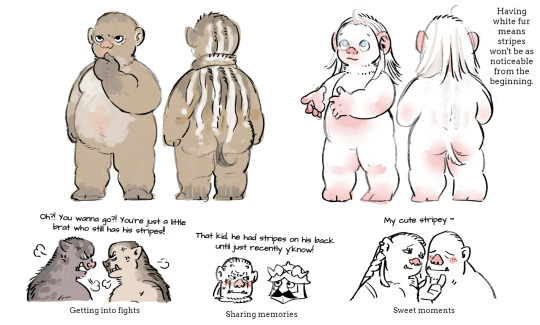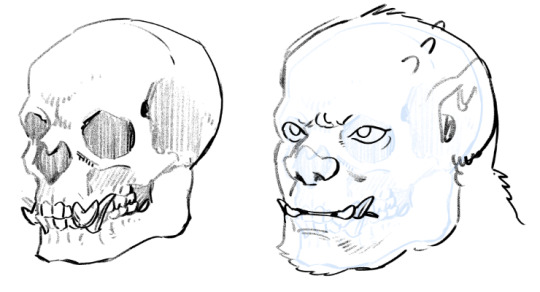Gabriel 25 he/him mixed Inuit
Last active 60 minutes ago
Don't wanna be here? Send us removal request.
Text

I have spent my life in the shadow of this great and winding river. I have always dwelt in the shadow of my god.
941 notes
·
View notes
Text
no animal was harmed during the making of this video. not one. for the few minutes that we were shooting film, the guns of each hunter fell silent. the industrial bolt throwers observed a moment's peace and the jaws of every predator hung softly open. no fish bit any hook and the bait worms held off on drowning only until the cameras stopped. the tails of ruminants ceased to flick just as their attendant flies, in unison, landed on their flanks to catch their tiny breaths. a spider instantly stopped winding silk around a wasp, patiently waiting for the caesura to end. a young veterinarian paused with the syringe in their hand. somewhere, a colicky baby stopped biting its mother's nipple and nursed happily for the very first time. we're sorry. we're sorry it couldn't have been longer. we didn't know this would happen.
22K notes
·
View notes
Text

huge shout out to this little kid for writing my favorite poem
139K notes
·
View notes
Text
Being autistic is weird because I think I'd be entirely entirely immune to the maddening effects of witnessing an Elder God but learning that barnacles are arthropods rather than molluscs nearly gave me an existential crisis
20K notes
·
View notes
Text
don’t flirt with me I’ll start imagining you in my little delusional scenarios before bed
9K notes
·
View notes
Text
how it feels to talk about movies and books and tv:

how it feels to talk about music:

1K notes
·
View notes
Note
Jesse Pinkman from Breaking Bad is Transfem

Jesse Pinkman is Transfem!
Plain Text: Jesse Pinkman is Transfem!
44 notes
·
View notes
Text
[while tied up] randomness and chaos as they're constructed in the popular imagination are actually quite predictable, doubly so if they're positioned as something desirable within a subculture or niche. it is an aesthetic of the unexpected, of transgression. real chaos is unremarkable and nearly invisible most of the time
5K notes
·
View notes
Text
Indigenous African Beadwork Distinctions
I love looking at African beaded jewelry through the lens of what makes it culturally distinct as someone living in the diaspora- which is relevant bc when you look up ‘beaded jewelry’ you get NA Indigenous designs and white people’s interpretation of said designs, mostly. The prior isn’t a gripe, since I’m currently living on/in Turtle Island and that’s the Indigenous culture here. As someone with African heritage though and as a bead artist, the differences are of course really important. Pattern and symbol have cultural meanings and we always have to know what we are doing and what we aren’t doing; and as someone in the African diaspora specifically through enslavement there’s some nuance as far as what I will do and what I won’t, what I have ties to and what I still do slightly differently out of respect and because I am also free from certain constraints.
On the one hand, African beadwork is distinguished from TI beadwork by pattern (though certain patterns like the rainbow, which is pretty much universally a Big Deal and which features heavily in various African Indigenous cultures, still show up) and thus color. There’s also the fact that only *some* of African beadwork is done with small beads and plenty of it actually relies on large / pony beads moreso than I usually see with NA Indigenous beadwork. Like Ifa eleke need large beads-

And otherwise there are lots of similarities because Indigenous People Doing Stuff With Beads often follows a similar logic wherever there are beads. So we also:

Though a lot of times we go CHONKY w it:

And of course

But one of the things I think is really distinct and I love a lot since I’ve been working with this material since I was a kid, is the addition of wire as a beading element leading to the concept of African beading including lots of collars and earrings with structures owing themselves to the addition of wire (especially in Maasai collars). Like:





And I’m curious as to when it became a cultural staple or what would have been used before wire, bc I know there are other things like horse hair for instance that can to a point provide the firm, springy form achieved here.
Another thing that definitely stands out is the breast piece collars & capes

especially Zulu beadwork-



Of course there’s always:


On a whole nother level.
Before I go, this post features primarily Maasai and Zulu beadwork, here is some Xhosa all of which is incredibly fleeky bc Xhosa color combos are icy af but looking at the collars always reminds me how many of the old pieces are still in museums


Of course my whole point here is exemplified by the fact that when I looked up ‘ndebele stitch’ to give an example for the end of this post, I find this:

And it’s like… you know I’ll give that techniques can travel and spawn bc they’re a result of action and geometry and eventually ppl in other places will derive similar approaches and actions through shared human consciousness. I’m not mad that a 2 bead pattern is being done by someone else…but you….literally called it the Ndebele pattern…on your little animal print bracelet…smh.
ANYWAY! That’s been a rant on African beads I guess!
#I love the indigenous beadwork of other places so much#it’s so cool to see when you only ever interact with your own cultures version of beads#can’t help but feel touched when something looks very similar#like the Zulu capes and collars shown here?#thats clearly a close cousin to how we chose to do it#all the way up here in the cold#<3 <3
5K notes
·
View notes
Photo

Mahmoud Darwish - “Memory for Forgetfulness”
30K notes
·
View notes
Text
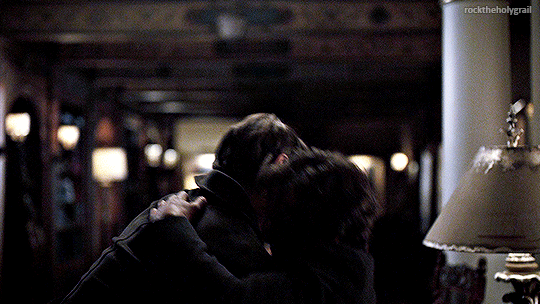



Hannibal (2013-2015)
18K notes
·
View notes





